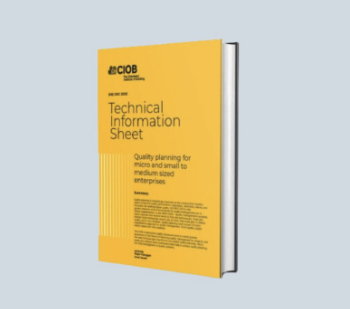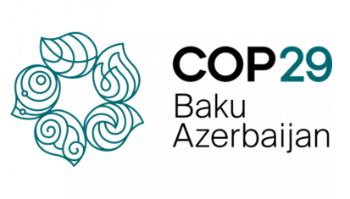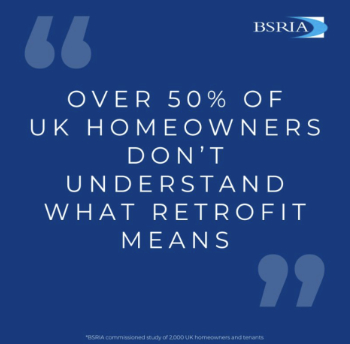Heat transfer fluids
Heat transfer is the exchange of thermal energy between physical objects. It works on the principle of the first law of thermodynamics which states that the total energy of an isolated system is constant; energy can be transformed from one form to another but cannot be created or destroyed. Heat transfer continues until the objects involved in the process reach a stage of thermal equilibrium (ie they area all the same temperature).
Very broadly, the mechanisms of heat transfer are:
Heat transfer fluids are used to transfer heat from a higher temperature object a lower temperature object. They are used in industries such as oil and gas, concentrating solar power (CSP), pharmaceuticals, chemical and bio-diesel.
The heat transfer fluid market can be categorised on the bases of product types, including; mineral, silicone and aromatics, polyalkylene glycols (homopolymers of ethylene oxide or propylene oxide or co-polymers of ethylene oxide or propylene oxide) and glycol fluids.
Mineral oil has the major market share followed by silicone and aromatics. Mineral oil is expected to maintain its dominance where as silicone and aromatic is expected to witness the highest growth rate in the coming years.
Europe has the largest market for heat transfer fluid materials, followed by Asia-Pacific and North America, accounting for more than one-third of the global heat transfer fluid market. Spain and Germany are the major markets in Europe.
The Asia-Pacific region is expected to witness higher growth compared to other regions. Europe is expected to remain the market leader owing to growing industrial expansion. Emerging markets in China and India are expected to increase the market share of Asia-Pacific in the future.
Increasing industrial expansion globally is driving the global heat transfer fluid market, as well as increased use of heat transfer fluids in the concentrated solar power and other end-user industries.
Increasing investment in the chemical industry may further increase demand, but, rising raw material prices may hamper growth.
The heat transfer fluid market is dominated by established companies such as; British Petroleum plc, The Dow Chemical Company, Royal Dutch Shell plc, Exxon Mobil Corporation., Eastman Chemical Company, BASF SA, Dynalene, Inc., Kost USA, Inc., Bharat Petroleum Corporation Limited, Honeywell International Inc, Indian Oil Corporation Ltd, Chevron Corporation and Huntsman Corporation.
[edit] Related articles on Designing Buildings
Featured articles and news
About the 5 Percent Club and its members
The 5% Club; a dynamic movement of employers committed to building and developing the workforce.
New Homes in New Ways at the Building Centre
Accelerating the supply of new homes with MMC.
Quality Planning for Micro and Small to Medium Sized Enterprises
A CIOB Academy Technical Information sheet.
A briefing on fall protection systems for designers
A legal requirement and an ethical must.
CIOB Ireland launches manifesto for 2024 General Election
A vision for a sustainable, high-quality built environment that benefits all members of society.
Local leaders gain new powers to support local high streets
High Street Rental Auctions to be introduced from December.
Infrastructure sector posts second gain for October
With a boost for housebuilder and commercial developer contract awards.
Sustainable construction design teams survey
Shaping the Future of Sustainable Design: Your Voice Matters.
COP29; impacts of construction and updates
Amid criticism, open letters and calls for reform.
The properties of conservation rooflights
Things to consider when choosing the right product.
Adapting to meet changing needs.
London Build: A festival of construction
Co-located with the London Build Fire & Security Expo.
Tasked with locating groups of 10,000 homes with opportunity.
Delivering radical reform in the UK energy market
What are the benefits, barriers and underlying principles.
Information Management Initiative IMI
Building sector-transforming capabilities in emerging technologies.
Recent study of UK households reveals chilling home truths
Poor insulation, EPC knowledge and lack of understanding as to what retrofit might offer.






















